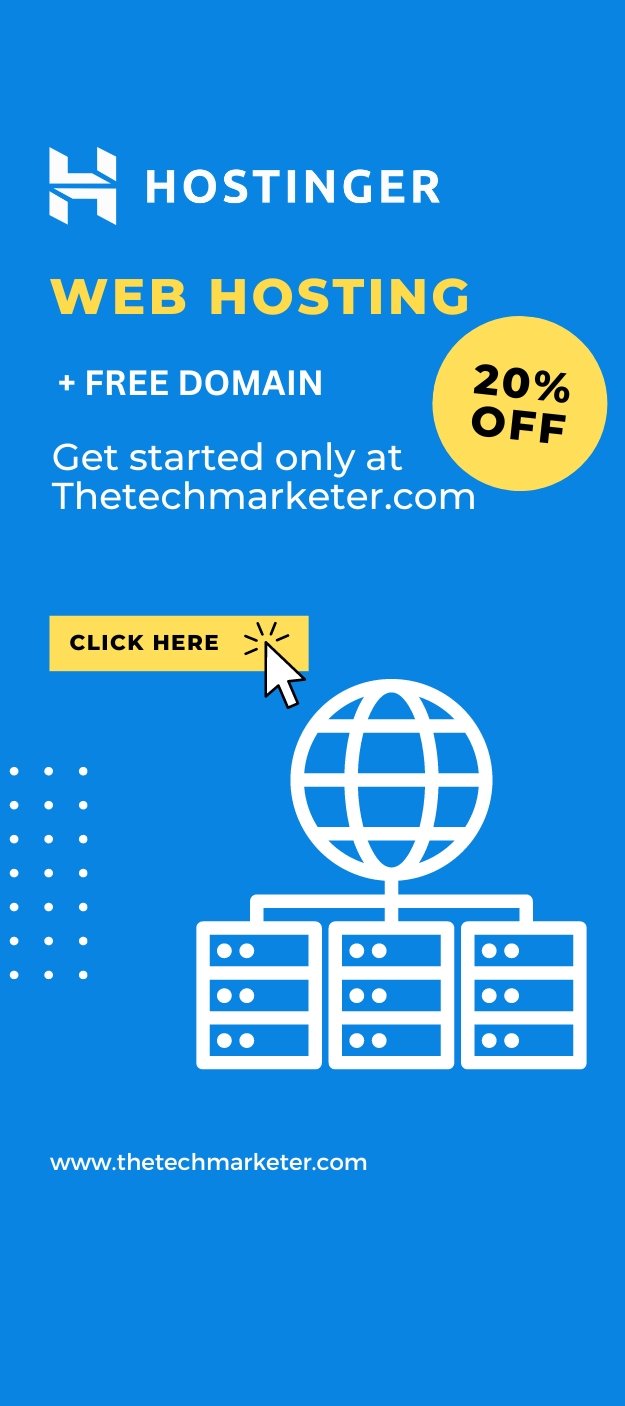The paid media world never stands still — and over the past few days, we’ve seen some game-changing updates across platforms that performance marketers need to be aware of.
Whether you’re managing Google Ads, diving into Demand Gen, or experimenting with Meta and WhatsApp placements, these five updates can significantly impact your strategy moving forward.
Let’s break them down:
1. Google Ads Launches tCPC Bid Strategy for Demand Gen Campaigns
In a surprising yet welcome move, Google Ads has rolled out a new automated bidding option called tCPC (target Cost-Per-Click), designed specifically for Demand Gen campaigns.
Why this matters:
For advertisers focused on CPC efficiency rather than conversions, tCPC provides more control while still leveraging automation. This is particularly useful for top-of-funnel strategies where impressions and traffic matter more than hard conversions.
tCPC sits between manual CPC and Maximize Clicks — making it ideal for scaled awareness without inflating costs.
2. WhatsApp Introduces ‘Status Ads’ for Business Engagement
WhatsApp is entering the ad ecosystem more aggressively by launching ‘Status Ads’, a format similar to Instagram Stories.
Why this matters:
This allows businesses to insert short-form, high-impact visuals directly into the Status feed — inside a platform that boasts 2B+ users globally and has unmatched open rates in messaging.
This is a massive opportunity for direct-response advertisers and D2C brands to engage in more personal ways.
3. Demand Gen Channel Script Now Available
Google has released the first-ever Demand Gen Channel Script, helping advertisers monitor channel-specific performance like:
- Cost
- Conversions
- CPA
- ROAS
Why this matters:
Until now, Demand Gen campaigns offered limited transparency into channel-level insights. This script changes that — enabling marketers to track and optimize results across YouTube, Discover, Gmail, and more.
Less guessing. More control. Better optimization.
4. Enhanced PMax Asset Group Reporting Rolls Out
Google has expanded Performance Max reporting, now showing:
- Asset group-level cost
- Cost per conversion
Why this matters:
Advertisers often criticize PMax for being a “black box.” This update is a step toward greater visibility, allowing media buyers to understand which asset groups are actually driving ROI.
Finally, some clarity in one of Google’s most opaque campaign types.
5. AI Max Transparency Improves With New Reporting Insights
In a bold step toward AI accountability, Google Ads now provides full visibility into search terms and landing pages for campaigns powered by AI Max (AI-driven campaign strategies).
Why this matters:
Advertisers can now evaluate actual search queries and final URLs, making it easier to audit campaign performance and ensure relevance — especially critical for high-budget accounts.
Transparency breeds trust — and now you can optimize AI campaigns with confidence.
Final Thoughts
From AI transparency to WhatsApp’s ad evolution, these updates are not just technical improvements — they’re signals of where the future of PPC is heading:
🔹 Greater automation
🔹 Richer reporting
🔹 More personal ad placements
🔹 Transparency and control balanced with smart bidding
As these features roll out globally, staying ahead means not just knowing the news — but adapting your strategy before your competitors do.



